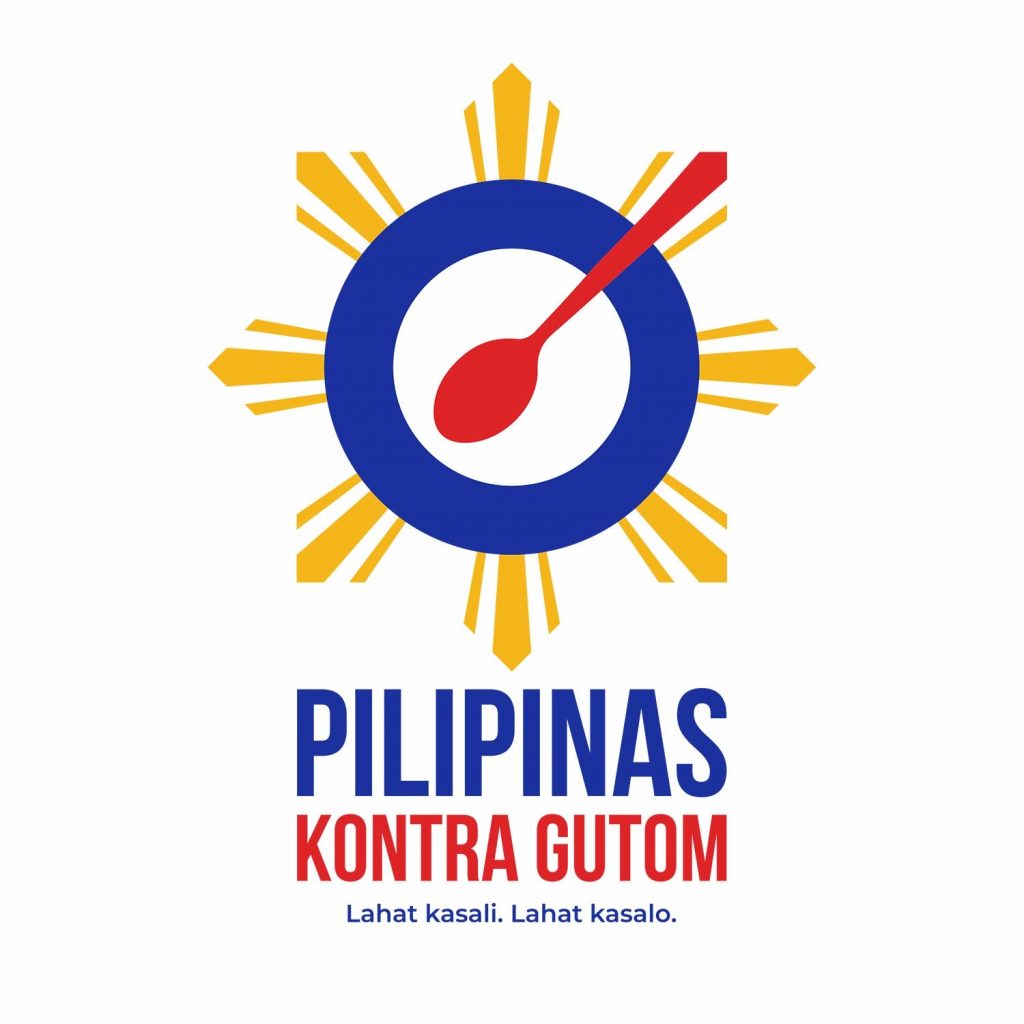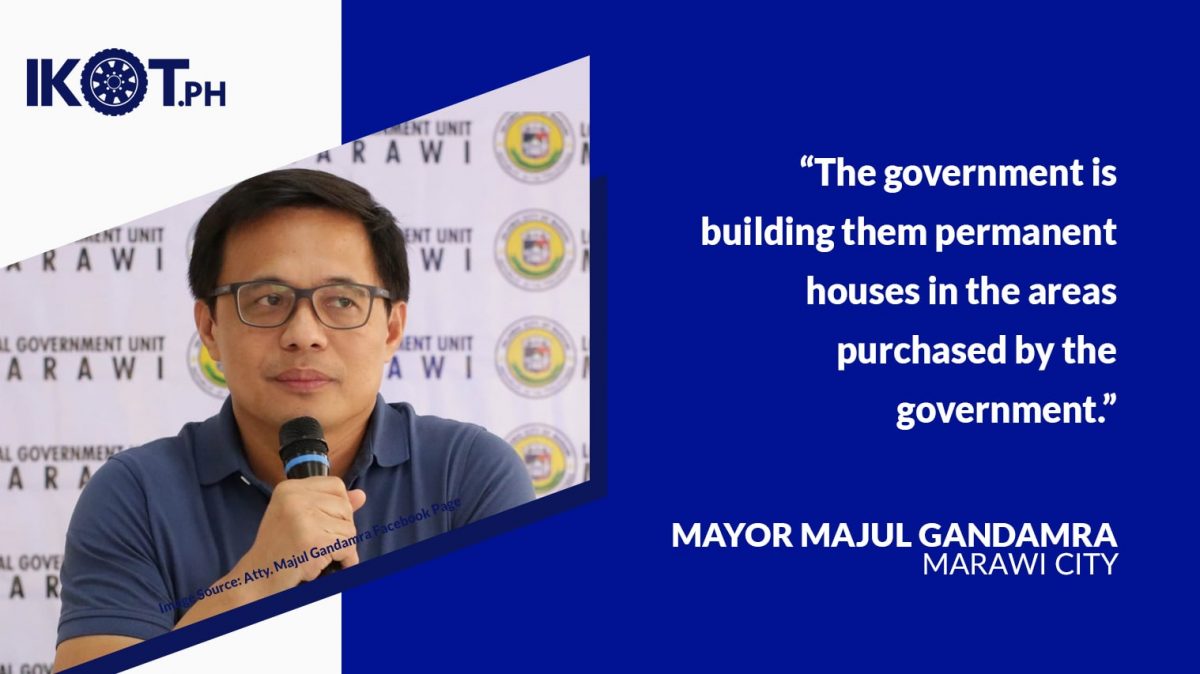Families displaced after their houses were burned during the 2017 Marawi Siege now have permanent shelters in two sites in the city.
They are the 170 families who were barred from going back to no-build zones, or those within the three to six-meter easement of Lake Lanao, within the river banks, and within the reclamation area.
“The former location of the displaced families’ homes will have infrastructures like barangay complex, health center, school, museum, hospital, market, and public park.”
Marawi Mayor Majul Gandamra said that the former location of the displaced families’ homes will have infrastructures like barangay complex, health center, school, museum, hospital, market, and public park.
“These families were informed that the areas where they built their houses before are owned by the government, based on the assessment of the City Assessor’s Office. That is why the government is building them permanent houses in the areas purchased by the government,” Gandamra explained.
Of the total families who received their certificates of house and lot award, 120 occupied the finished houses in Darussalam Village in Barangay Dulay Proper while the other 50 families will occupy units in Pamayandeg Ranaw Residences in Barangay Mipantao Gadongan.
The houses were built by the United Nations Human Settlements Programme (UN-Habitat) using the $10 million donated by the government of Japan for the Rebuilding Marawi through Community-Driven Shelter and Livelihood Project.
The National Housing Authority and the Social Housing Finance Corporation bought and developed the land in cooperation with the Marawi local government and the provincial government of Lanao del Sur.
Some 2,000 houses are still set to be built by the government as part of the Marawi rehabilitation and reconstruction program.
Christopher Rollo, country program manager of UN-Habitat, said the beneficiaries were selected through a very rigorous process following guidelines that was developed by the project steering committee composed of different organizations and agencies from the government.
“They went through a rigorous process.”
“They went through a rigorous process. They went to the site to see whose houses in Lake Lanao and Agus River are inside the three-meter to six-meter easement and inside the river banks,” Rollo said.
Ominta Hadji Ali, who used to live in Barangay Datu Naga, said she was not aware that the area where their former house stood is owned by the government.
She grew up knowing that it was owned by their grandparents and their parents are among the heirs.
“We lived there for a long time. It was heartbreaking but we have no choice,” the 58-year-old Ali said.
Datu Bla Macadato, president of the Darussalam Homeowners Association, said they are happy to finally be given the houses they asked for from the government.
“To my home partners here in Darussalam Village, let us unite and help one another with Allah’s help to attain peace,” Macadato said in his message as he accepted their certificates.
Last February, 109 permanent houses in Hadiya Village in Barangay Dulay West were also turned over to beneficiaries.
Two other resettlement sites are in Barangay Patani and Barangay Kilala.
The UN-Habitat is constructing more permanent houses eyed for completion in December this year.


